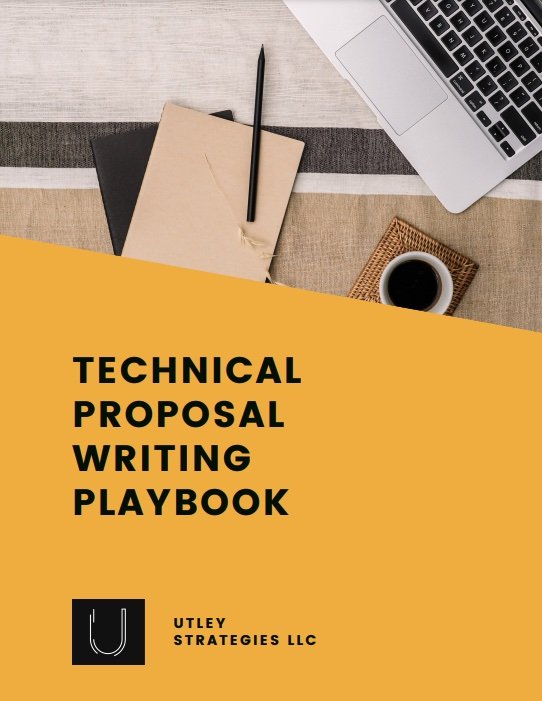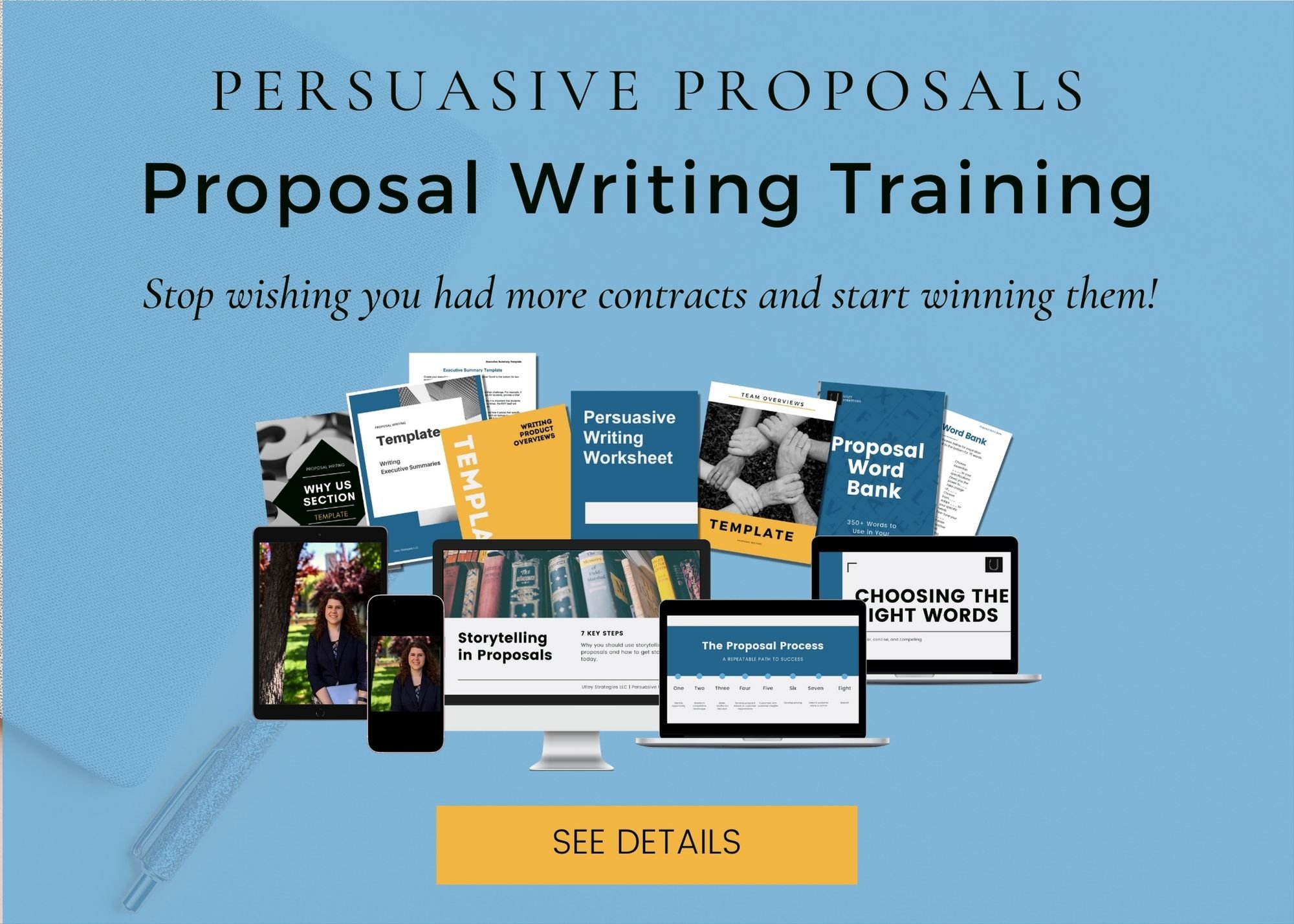How to Use Sales Meetings to Create Better Proposals
Many sellers see proposals as a necessary evil for closing deals. When you view a proposal as a packaged sales pitch, however, you understand how the actions you take while selling can be translated into the proposal and help you win over more clients. One of the best ways to create winning proposals is to align the content with your sales calls. With a little preparation and detailed note taking, you can use your sales calls to create tailored and compelling proposals for even the most skeptical clients. Read on to learn how.
Sales Meetings: Questions to Ask
For many B2B companies, multiple sales meetings are required before you will be invited to send a proposal. Throughout these meetings, you will learn more about the client and their needs and introduce them to your offerings with presentations, demonstrations, and expert advice. Most sellers excel at this process, but struggle to convey everything they learn from these meetings in their proposals. While the below list of questions may be obvious from a selling perspective, documenting responses with the client’s words will help you to create a proposal that speaks their language, addresses their concerns, and positions you for success.
What is your current state?
Understanding the current state of the client is critical to create a proposal that addresses how you can improve their lives. The goal with this question (combined with a few below) is to develop a holistic picture of what’s working, what doesn’t, and any key points of frustration. In documenting these, you can address the key challenges that you solve in your proposals. If possible, have the client rank the pain points in terms of priority to know where to focus.
What is your vision?
In order to show why working with you will achieve their goals, you need to first define where the client hopes to be. Ask them to envision the perfect situation with the challenge they are trying to solve. If it’s a big wish that can’t be solved with one project (or just your solution), have a whiteboarding session to walk through the steps it takes to get there and show how you fit into the picture. Take note of their response and what they want to see as this will help you to add storytelling to your proposal.
What are your biggest roadblocks to achieving that state? (What has prevented you from making this change in the past?)
The natural follow-up to talking about an ideal situation is to understand why they haven’t done this yet. Here you will uncover some of the biggest challenges you will face in selling your solution. It may be price, approvals, complexity, priority, preference, etc. Create a list of the challenges to be reviewed with your team after the meeting where you can brainstorm how to resolve those challenges.
What specific features/services/support do you want vs need?
Many buyers know they need something to fix their current situation, but they haven’t figured out the details of exactly what they need or want. Here you can help them determine the exact aspects that are important to them, and you can highlight those within your proposal.
How do you like your current supplier/services provider?
If there is a current company supporting them, learn more about their experience and how you can position yourself as a better option. Taking detailed notes here is critical to be able to ghost competition within your proposal where you indirectly call out the weaknesses of your competitors by highlighting your strengths. Addressing the competition within your proposal can help to highlight your differentiators.
Who will directly be affected by our solutions? What teams/roles?
This is important to know when discussing features (see above) because it will vary based on each persona. The proposal evaluation team will likely consist of individuals from these groups, which makes it important to address their unique pain points within your proposal. Gaining as much insight as possible during the sales process will help you to create a proposal that everyone on the evaluation committee loves.
Proposals: Incorporating Content
Proposal Themes and Examples
Once you’re ready to start creating the proposal (or even slightly before), you will take all of the insights gained from the sales meetings to create key proposal themes to highlight within your content. These should tie back to the main challenges or goals of the client and how you will help to achieve the ideal state.
For example, if a current pain point is delayed delivery times making it difficult to plan and support their customers, then you can highlight your fast delivery times and provide specific examples throughout the proposal of how you achieve this (e.g. overnight shipping, supplier relationships, warehouses in key hubs, etc.).
If you hold a Pink Team or other content strategy meeting, you can create a hierarchy of the themes with sub groups of specific ways you solve those problems and key benefits to the customer. These examples serve as proof of your capabilities and should be incorporated into the appropriate sections throughout the proposal. The Executive Summary and Cover Letter should also address the key themes right from the beginning of the document.
Addressing Competition
For many proposals, especially those in response to an RFP, there will be tough competition. It is critical that you consider the competition when creating your proposal, even if you are positioned to win. While existing relationships can strongly influence winning (incumbent win rates may be between 60-90% whereas new opportunities are up to 15%), it is not unheard of for a new company to submit a proposal and win the contract.
To address competition within your proposal, you will need to first understand the competition and who else may be bidding. Use the notes from your sales meetings, and if your competitors work in the government space, request their proposals to see how they pitch their offerings. Document their strengths and weaknesses and then highlight why you are a better choice within your proposal. This can be within the text or with graphics. While many companies do not directly address the competition by name within their proposals, depending on your offering and your industry, it may be appropriate to include a chart or graphic that directly compares you to your competitors in terms of features that you offer in your solution.
Speaking to the Client
All of your sales notes will allow you to speak the client’s language within your proposal. By understanding their internal jargon, you can incorporate into your content to become familiar and part of the team. You should also focus on speaking to their needs and how you provide a solution rather than describing your company and what you do in general. The more specific you can make the proposal to the project, the better it will be received.
Easy Readability
Even if you incorporate tailored content that speaks directly to the client while addressing the competition, if your proposal is difficult to read, then your message may be lost. Easy ways to make your proposal more readable include:
Use Headings Heavily. Any time you change a topic within text, add a descriptive heading to split up the text. The heading should essentially be a thesis statement for that section where they understand what is included without having to read further (though they should want to).
Break lists or key points into bullets. Bullet points are easier to skim than blocks of text. If you also include a bolded intro to the bullet (such as in this section), then it will be even easier to read and retain your message.
Include Callouts and Graphics. Break up text even further by incorporating callouts of key points or graphics to visually represent your message. These do not need to be complicated and should succinctly show your message.
Download the *FREE* Technical Proposal Writing Playbook to improve your proposals today!
Next Steps
Now that you know how to create compelling proposals, the next step is to implement this into your sales process and work with your proposal team to translate that information into your proposal. By leveraging storytelling and the client’s unique experience within your proposal, you will see your proposal reception is improved (and more contracts!).




